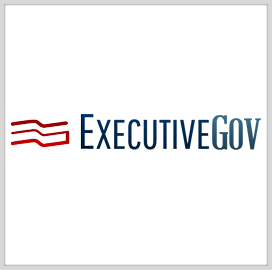
Kevin Cox, a Department of Homeland Security official, said agencies were able to discover 75 percent more devices within their information technology infrastructure using automated tools offered through DHS’ Continuous Diagnostics and Mitigation program, Nextgov reported Thursday.
“If you don’t know what all of your assets are, you can’t protect your network,†Cox, CDM program manager at DHS, said Thursday during his speech at the FCW-hosted CDM Summit. “You don’t understand what your attack surface is [or] what the adversary is attacking. So that [75% increase] is significant in terms of just getting better visibility for the agencies to know what they need to protect and where they have data.â€
Cox said there are about 23 CFO Act agencies and 31 small agencies that are taking part in the CDM program and his team plans to find ways on how to help these organizations leverage data collected through CDM in the coming year.
He also offered updates on the Agency-Wide Adaptive Risk Enumeration algorithm and on a cloud-based dashboard ecosystem.


